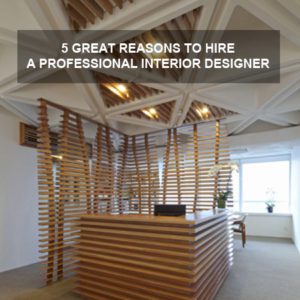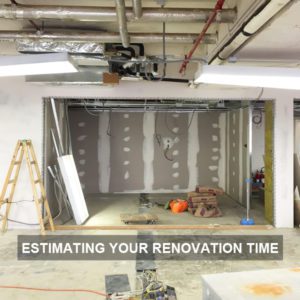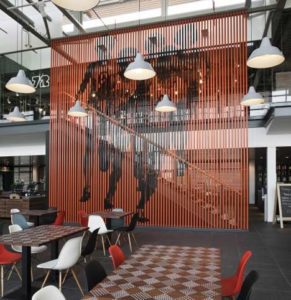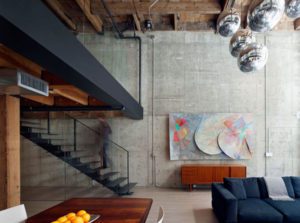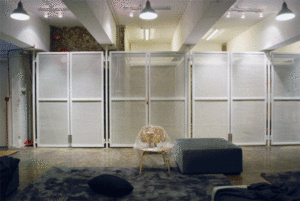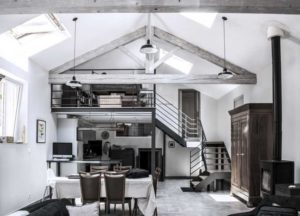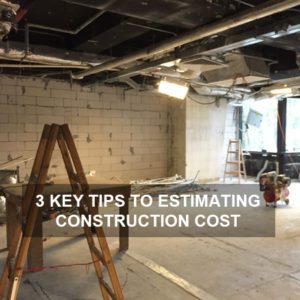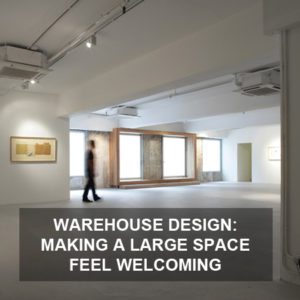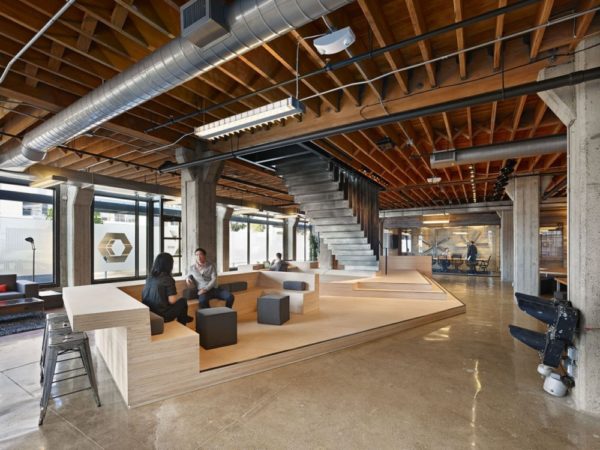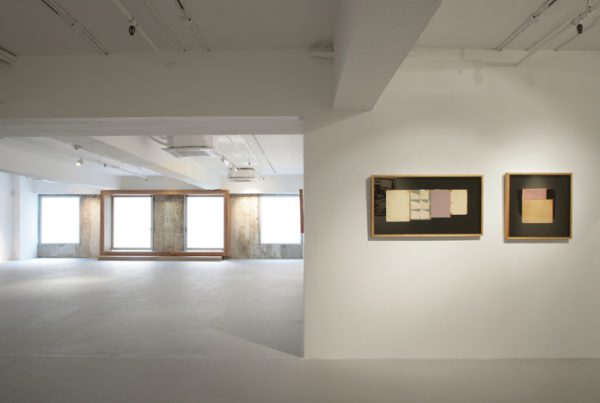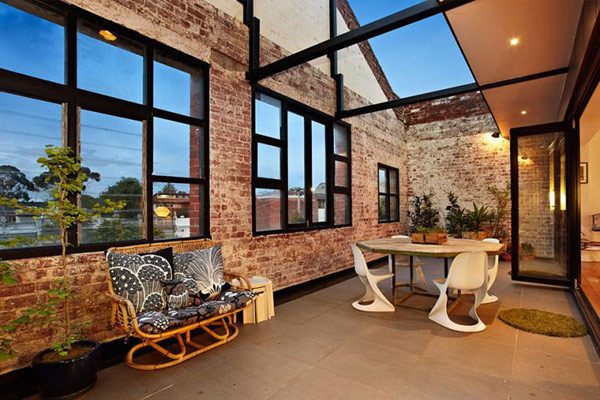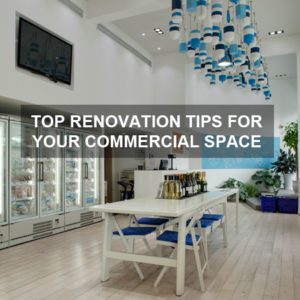
Whether you just want to freshen up your office space or you’re going for an all-over renovation, there’s no getting around the messy and time-consuming nature of an office renovation. Here are our top renovation tips to help make this as short and easy a process as possible so you can get back to work… in style:
Think long term
How you need to use your office space now might change in a year or two if you’re planning on expanding your business. Before you start renovating, make sure you know what your five-year plan is for the business so you can make renovations accordingly. You don’t want to go through this process more often than you need to so work with your designer to develop a renovation plan that will allow your business to grow. Introducing smart storage solutions is one way to make sure your business doesn’t outgrow your space or your renovation.
Think about your employees
You might be making the final decisions about paint and carpeting, but consider how you want your employees to work when you start your renovation project. Adding in ergonomic and/or standing work stations in offices can help your employees by reducing the strain on their bodies that can come from desk work. As the research keeps rolling in on the negative aspects of a sedentary work style, more and more employees are searching for ways to work while walking or standing. Be proactive now in order to keep top talent working for you and boost their productivity.
Go light
In general, light colors are more conducive for work spaces, but don’t go too crazy with the coloring. Neutral colors along with windows that let in natural light give offices an inviting feeling in contrast to dark colors that tend to bring down productivity.
Natural lighting
Along with keeping your paint and furniture light, make sure to incorporate natural light in your office. It’s no secret that people generally don’t appreciate the look of fluorescent lights, but research has concluded that natural light really does help people work better. A study from Northwestern Medicine and the University of Illinois at Urbana-Champaign concluded that employees who were exposed to natural light in offices overall had a better quality of life than those who were not. These improvements include “longer sleep duration, better sleep quality, more physical activity and better quality of life compared to office workers with less light exposure in the workplace.” Incorporate windows and/or skylights into your design to help your employees and to make your commercial space a brighter and healthier place.
Think about the benefits
Adding up the cost of money and time for the renovation might have you start second-guessing the project, but remember that there are a lot of benefits to renovating your office space. Customers and clients will appreciate your updated look, especially if your current space is sporting old trends. In addition, updating your windows, lighting, even your faucets can save your company a lot of energy usage, which translates to a significant amount of money saved over the long haul. In addition, your employees will be happier and more productive in an updated, contemporary space, which will translate to a boost in business.
Working with a designer is the best way to make sure your office renovation will serve your business now and in the future. For more ideas on how to renovate your commercial space, contact us today.

